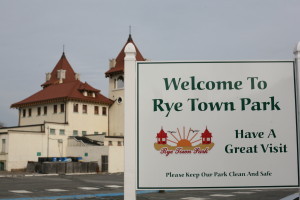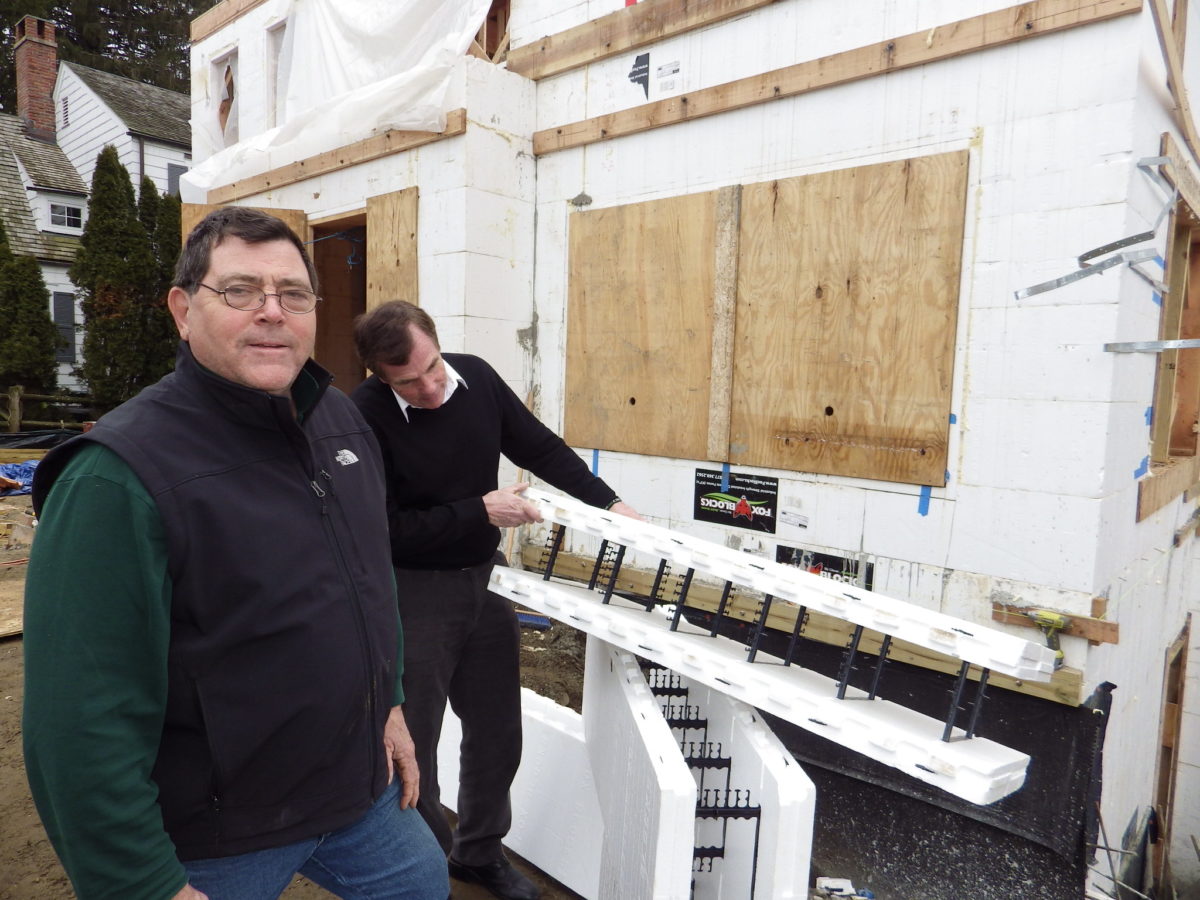Local government officials are looking for a private company to take over management of Rye Town Park, a 28-acre shoreline property on the Long Island Sound.
The Rye Town Park Commission, the park”™s governing body, is ready to issue a request for proposals this month and is hoping for a 20-year deal that will generate revenue and propose year-round uses for the administration building there. The park operates at losses each year and its infrastructure, some of which is 100 years old, is deteriorating and in need of capital investment, officials say.
The commission is looking to emulate the process Westchester County undertook to find a management company for county-owned Rye Playland, located just north of the town park. Rye Town Supervisor Joseph Carvin, a Republican, said what the county did right was allow for a wide range of possibilities.
“Their bidding process was pure governmental genius,” Carvin said. “By casting a wide net they allowed people to use their creativity.”

Sustainable Playland Inc., a nonprofit, was formed for the sole purpose of bidding on Playland”™s management and has been awarded the job pending final approval from the county legislature after being tied up in political and legal disputes. Sustainable is proposing to upgrade the existing amusement park area, but would also like to add a mini water park, athletic fields and restaurants on the boardwalk.
Carvin said he would like to see Sustainable bid on Rye Town Park”™s management but there are some unique considerations ”“ and potential roadblocks ”“ for any interested group. Residential uses are prohibited, historical buildings are on the site and any further expansion could be limited by the commission.
Historic considerations
There are 17 structures on park grounds, seven of which are registered as historically significant and one that is already occupied by a tenant, Seaside Johnnie”™s restaurant. Seaside has a lease through 2016 and pays just under $100,000 a year for the space; its operation and lease would have to be taken into account in any potential plan. Any construction at the historical buildings must be done in compliance with preservation laws, meaning developers would have to work within the footprints of the existing buildings.
“Historic buildings are not simply relics,” the draft request for proposals said, “their future is best insured by having them actively used and staying relevant to the community.” Potential uses for the main administration building and other structures cited in the draft RFP range from retail and health facilities to museums and performance spaces.
The park abuts residential neighborhoods and the commission has agreed to limit parking on the grounds to a maximum of 700 cars. Any proposal that would look to expand the amount of parking would also likely be a non-starter.
The plan refers to the park”™s administration building as its crown jewel. Designed in 1909 in the Spanish Mission style, it once housed Rye Town”™s municipal offices and police department and served as an entrance to bathhouses. Intended for summer use only, it had minimal plumbing, no heat and only basic electrical services. Updating the structure for year-round use also would better preserve the building during the colder months, officials say.
The administration building has a usable gross area of 4,100 square feet on its first and second floors. A potential building addition of up to two stories at 12,000 square feet each could be added to the footprint
A financial question
Rye Town Park, which opened in 1907, is jointly operated by Rye Town and Rye City, two municipalities sharing the same name. Elected officials from both communities sit on the commission, as do leaders from the villages of Port Chester and Rye Brook, which are part of the larger Rye Town. The Rye Neck section of the village of Mamaroneck, which only partially sits within Rye Town, is also represented on the commission.
The commission first opened a bidding process for outside management in 2013 but received little interest and no formal bids even after extending its original summer submission deadline. Commission members decided to go back to the drawing board late last year, this time hiring a consultant, New York City-based BFJ Planning.
BFJ principal Frank Fish at the commission”™s December meeting told members he thought the lack of response was because not enough potential investors knew about the deal. “The key, we think, is to get it out to a wide range of people,” he said.
The new request for proposals, scheduled to be approved by the commission at its Jan. 28 meeting, offers bidders a tour of the property March 15 and sets an April 4 deadline for bids. The commission hopes to have a management deal signed and the keys handed over to a company or nonprofit by late 2015.
Over the years, the park has become a financial concern for the city and the town of Rye. According to financial audits from the last 20 years, the park operated at a loss of at least $105,000 every year from 1994 to 2009 except in 2002, which ended with a loss of $3,555. The largest losses were in 2004 and 2007, during which the park lost $425,000 and $450,000, respectively. The town and city must budget to make up for the deficits at a 59 percent to 41 percent split, respectively. The size of the losses has been reduced in recent years and the town anticipates nearly breaking even for operational costs for 2012.
But Daniel Tartaglia, a Rye Brook resident who sits on the park”™s capital committee, said the park”™s operating costs have included only patchwork building repairs in the last 50 years. Only one major repair job ”“ an extensive, multimillion-dollar roof repair to the administration building ”“ was undertaken in recent memory..
“I can”™t imagine how much longer they can continue to operate the park and maintain those buildings with just annual repairs,” he said. “They”™ve gotten past the point of repairs, they are capital repairs.”
Tartaglia suggested the commission in the bidding process could solicit corporate naming rights to the park as a way to generate income.
Carvin said a public-private partnership would reduce the tax burden for the municipalities faced with major expenditures for park repairs. Calling the lack of investment over the years “egregious, a dereliction of duty,” the town supervisor said he hoped the bids appealed to the “entrepreneurial spirit of the community.”
“We have to come up with a way to generate capital expenditures and we”™re making every effort not to put this burden on the taxpayers,” he said. “This is a ”˜must do”™ not a ”˜like to do”™”¦if people don”™t wake up and smell the coffee, they”™re going to price themselves out of this community and out of their homes.”





















I find it astounding that Mr. Carvin would call the Playland RIP process “pure governmental genius” as even SPI has stated on the record that the process has been terrible. Thousands of people have signed petitions against it and are continuing the fight against SPI’s misguided proposal to build a colossal 95,000 square foot, for profit, sports facility in the park. Instead of appealing to the “entrepreneurial spirit” why not ask for proposals that conserve the park and keep it open as the beautiful public resource it is today? Have we really become a society that is unable to maintain a park that has been part of the area since 1907?